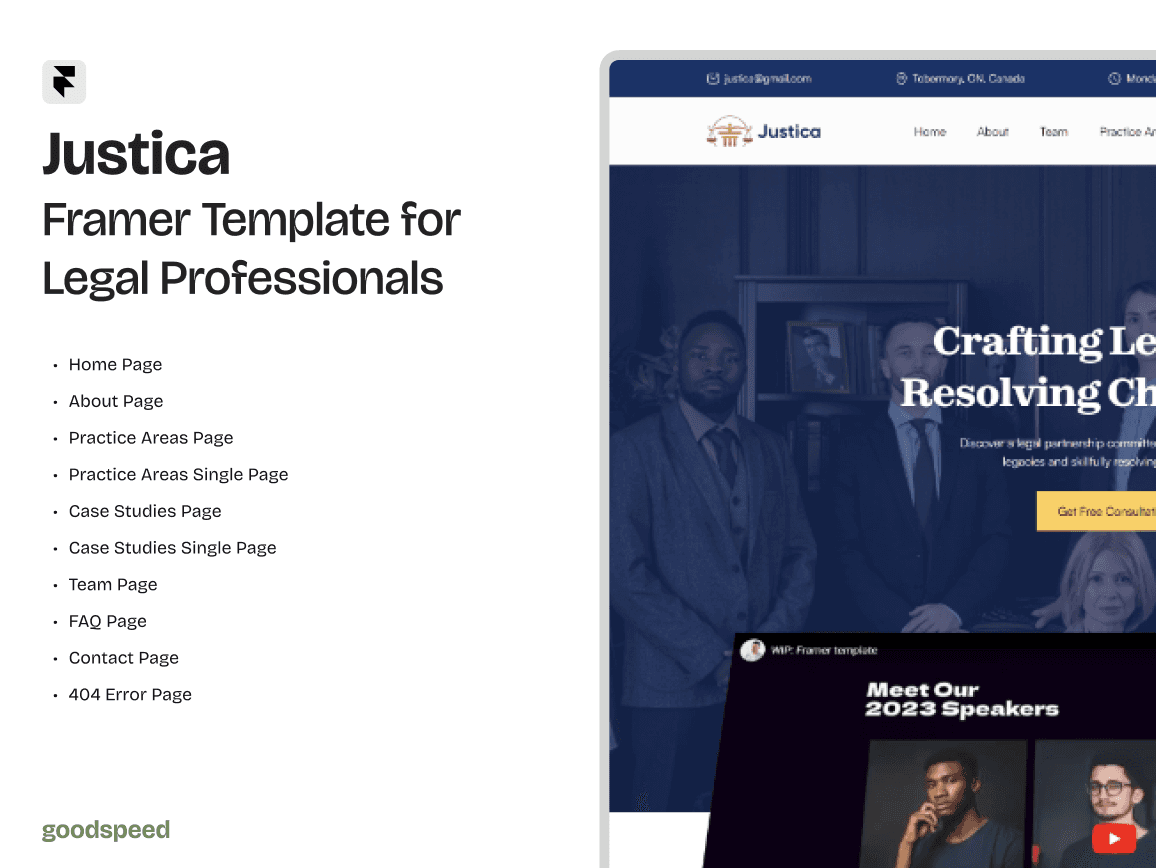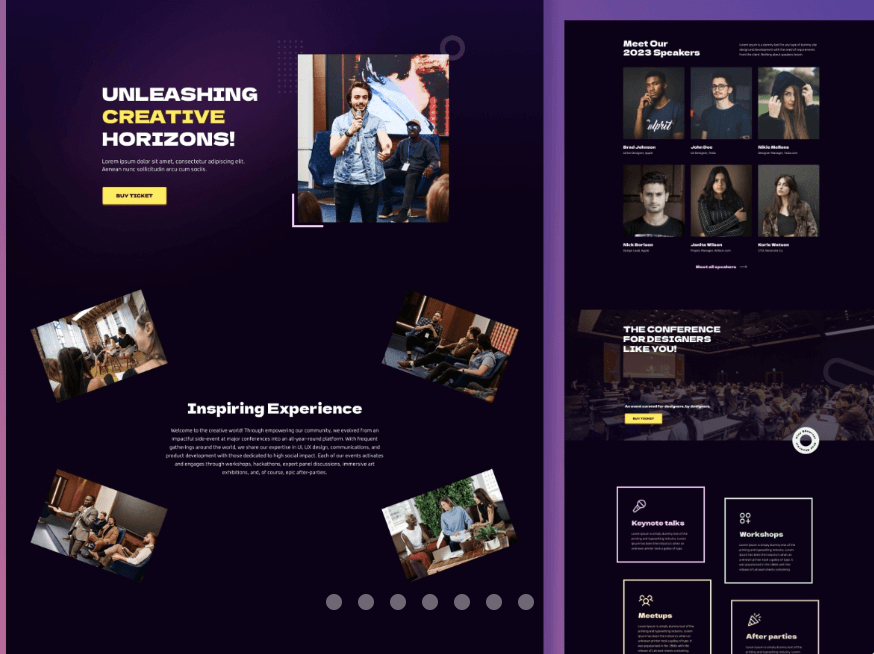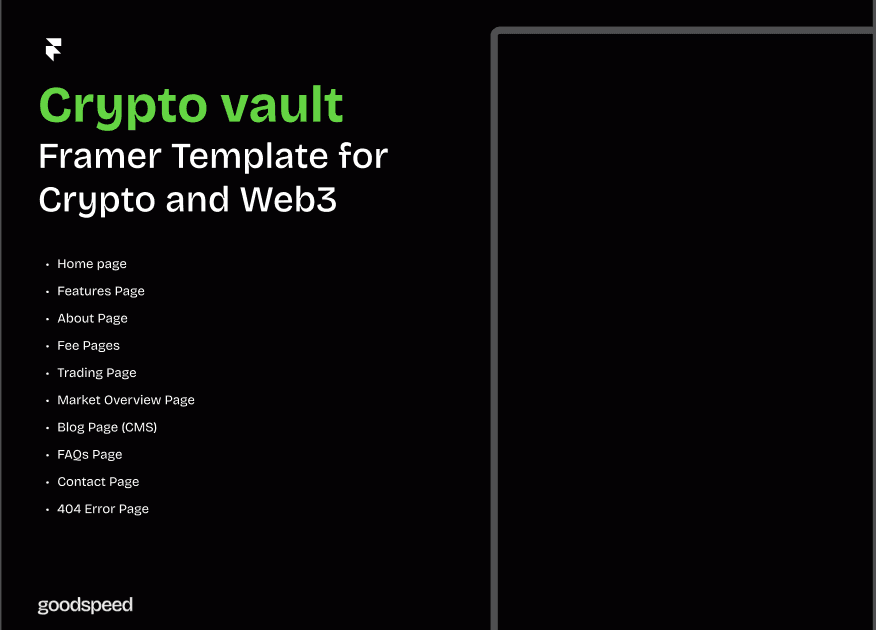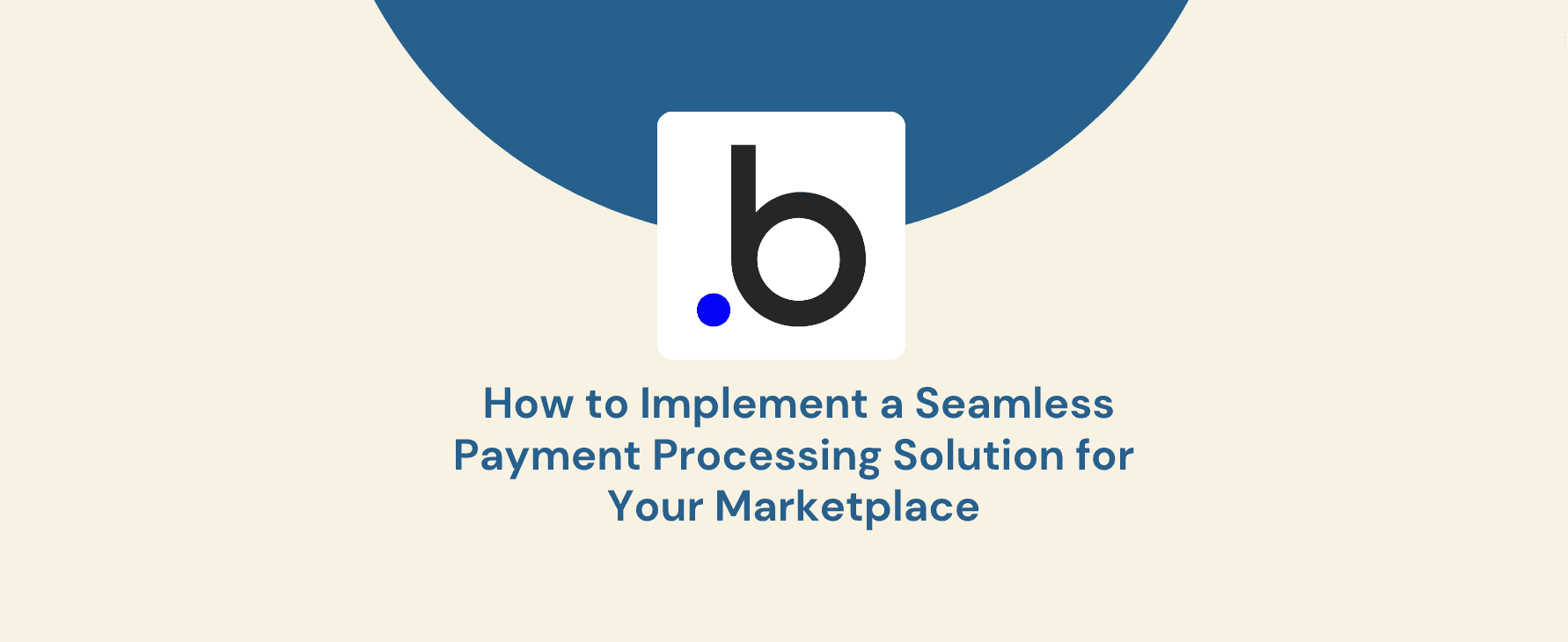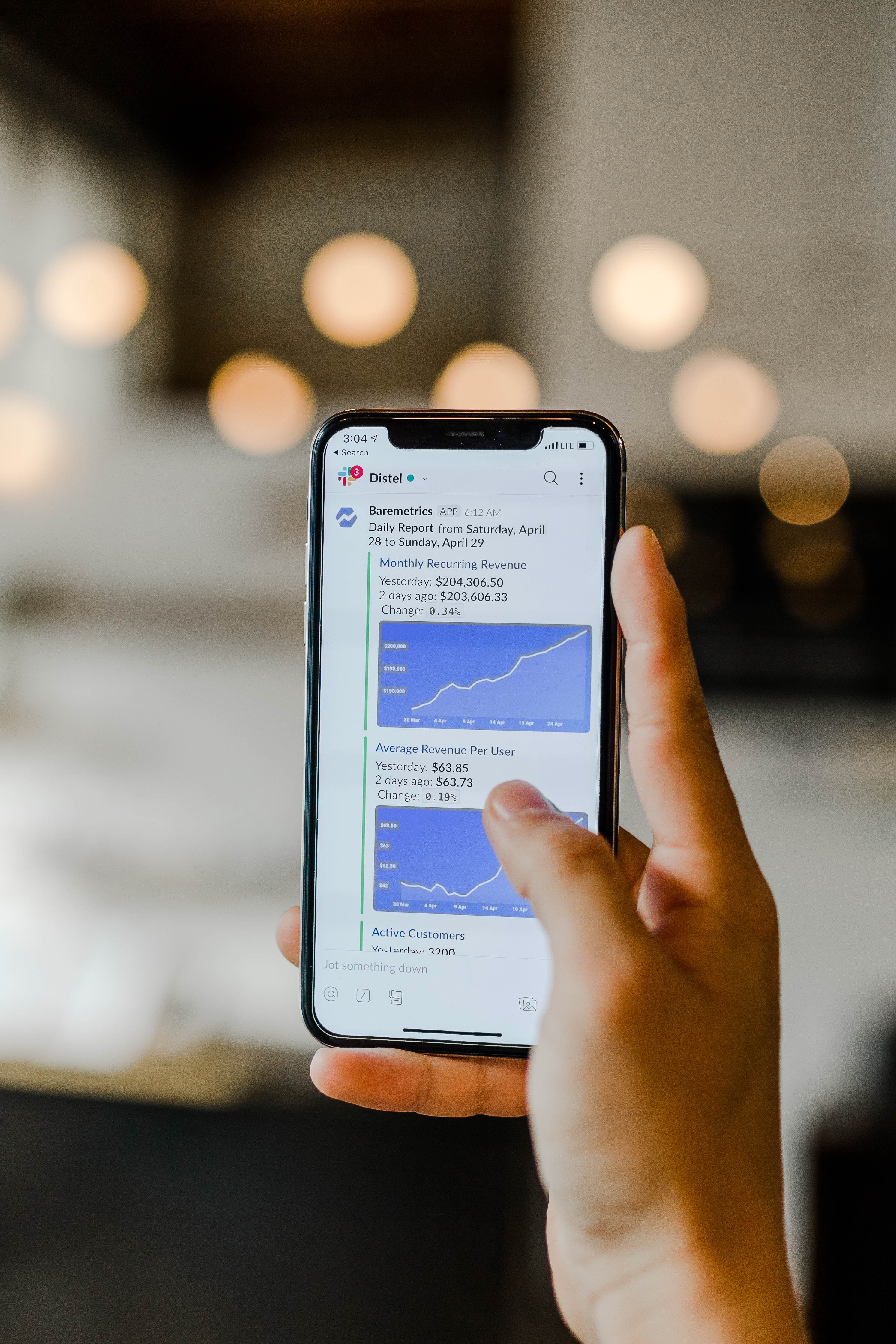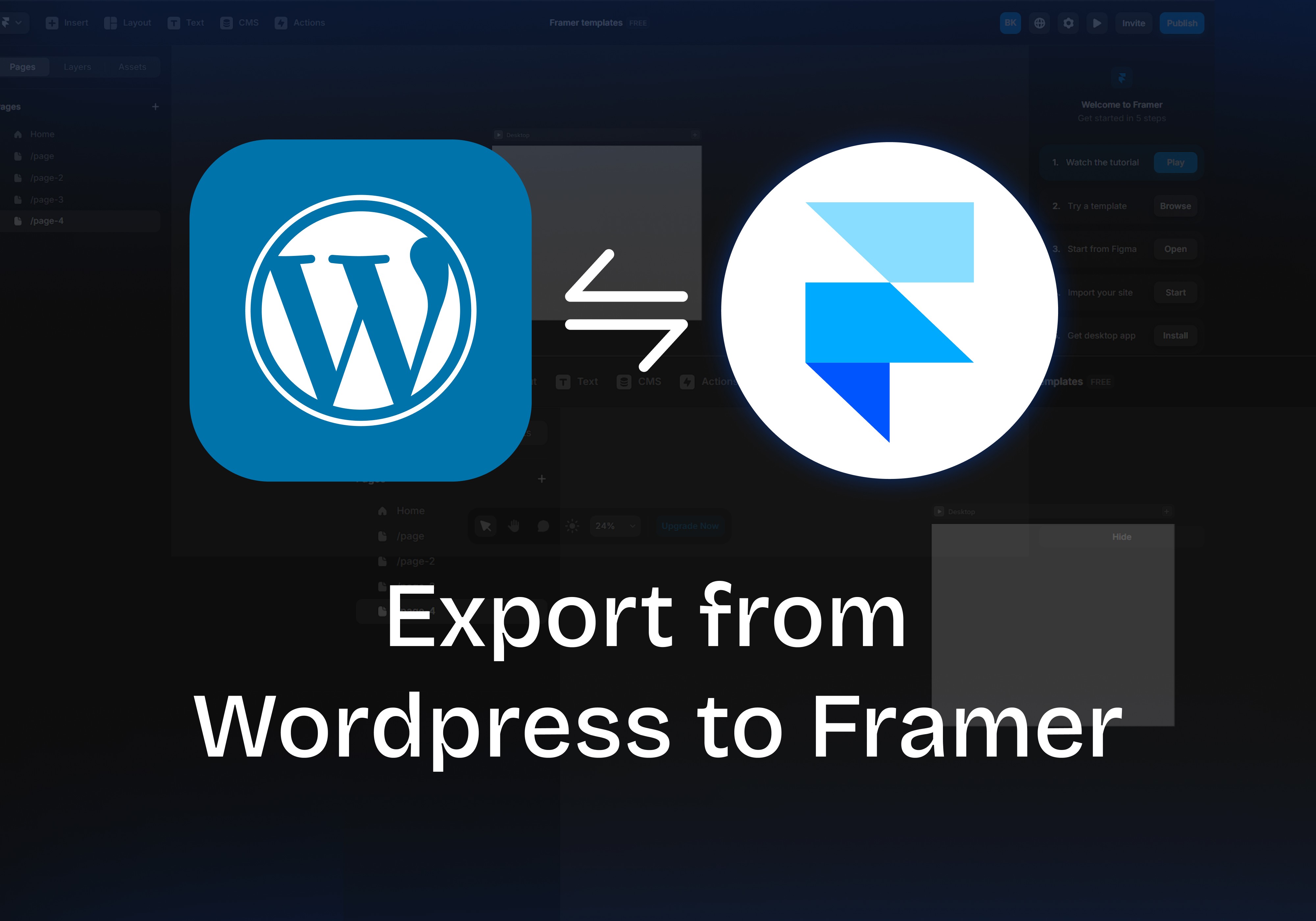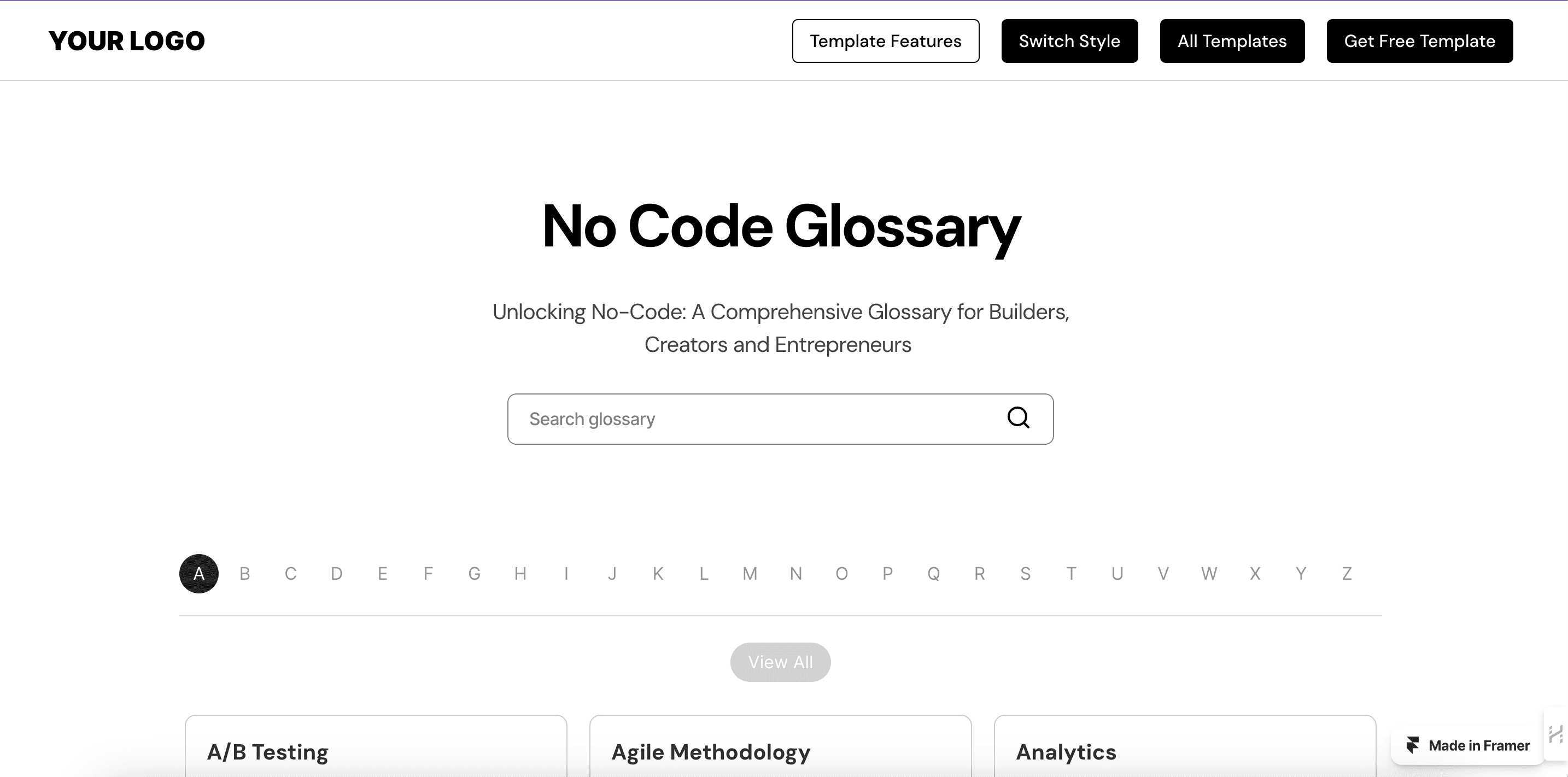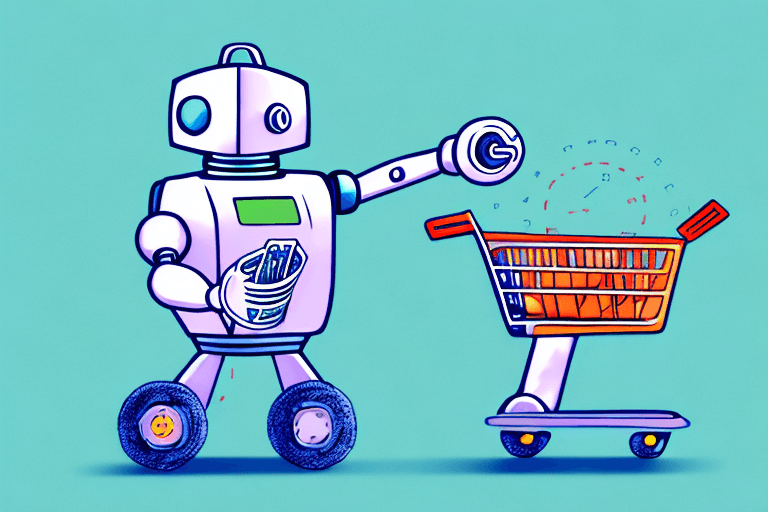Table of Contents
24 May 2024
Bubble.io for Enterprises: A Comprehensive Guide to Building Secure & Compliant Business Applications
Businesses today rely on secure and efficient applications, but traditional development can be slow and expensive. A new wave of technology, however, empowers businesses to build powerful applications without code. Bubble.io is a leader in this no-code revolution. Its user-friendly platform allows anyone to visually design and develop full-stack web and mobile applications, democratizing app development for businesses of all sizes.
Building secure and compliant applications is crucial for any enterprise. This guide will delve into how Bubble.io addresses these critical aspects, allowing enterprises to build secure and compliant business applications with unprecedented ease. Sensitive data will be protected from unauthorized access, and applications can comply with relevant industry regulations.
Understanding Bubble.io
Bubble.io offers a user-friendly interface that empowers users to build complex applications without any coding experience. The platform functions on a visual development paradigm, where users drag and drop pre-built elements to create the functionality and user interface of their application. These elements can range from simple buttons and text fields to complex data structures and workflows.
Bubble's core functionalities include:
Data Modeling: Build robust databases to store and manage your application's data.
User Interface Design: Visually design intuitive and user-friendly interfaces for your application.
Workflow Automation: Automate repetitive tasks and processes to improve efficiency.
API Integration: Connect your application to external services and data sources using APIs.
Plugins & Marketplace: Extend the functionality of your application with a vast library of plugins available in the Bubble marketplace.
Benefits of Using Bubble.io for Enterprise Application Development:
Faster Development Time: Build applications significantly faster compared to traditional coding methods.
Reduced Costs: Eliminate the need for expensive coding resources and reduce development overhead.
Increased Agility: Adapt and iterate on application features quickly based on user feedback.
Empowerment for Citizen Developers: Enable non-technical users to contribute to application development.
Scalability: Bubble.io applications can be scaled to accommodate large user bases and high traffic volumes.
By leveraging Bubble.io's intuitive platform and comprehensive features, enterprises can streamline their application development process, reduce costs, and gain a competitive edge.
Security and Compliance Considerations for Enterprise Applications
Security and compliance are fundamental aspects of any enterprise application development project. Sensitive data breaches can have devastating consequences, including financial losses, reputational damage, and legal repercussions. Additionally, enterprises must adhere to industry-specific regulations that govern data privacy and security.
Here's a breakdown of some key considerations:
Security Threats: Enterprises need to be aware of common security threats, such as unauthorized access, data breaches, and malicious attacks (SQL injection, cross-site scripting etc.).
Compliance Regulations: Depending on the industry and location, enterprises may need to comply with regulations like General Data Protection Regulation (GDPR) for the EU, California Consumer Privacy Act (CCPA) for California, and Health Insurance Portability and Accountability Act (HIPAA) for healthcare data in the US.
Bubble.io and Security Compliance:
Bubble.io takes security seriously and offers a robust set of features to help enterprises build secure and compliant applications:
Secure Infrastructure: Bubble's infrastructure is built on Amazon Web Services (AWS) and Cloudflare , providing industry-leading security and reliability.
Data Encryption: Data at rest and in transit is encrypted using industry-standard protocols.
User Authentication: Bubble offers built-in user authentication features, including password hashing, salting, and two-factor authentication (2FA).
Role-Based Access Control (RBAC): Define granular access permissions for different user roles within the application.
SOC 2 Type II Compliance: Bubble adheres to the SOC 2 Type II security standard, demonstrating a commitment to robust security controls.
GDPR Compliance: Bubble provides a data processing agreement (DPA) to help enterprises comply with GDPR requirements.
While Bubble.io offers a secure foundation, the ultimate responsibility for application security rests with the developer. Here are some best practices to further enhance security:
Implement strong password policies and enforce regular password changes.
Limit data access based on the principle of least privilege.
Regularly monitor application logs for suspicious activity.
Stay updated with the latest security vulnerabilities and patch your application accordingly.
By understanding the security landscape and leveraging Bubble.io's built-in features, enterprises can build applications that meet the highest security standards.
Building Secure and Compliant Applications with Bubble.io
Now that we've explored the importance of security and compliance, let's delve into the process of building secure and compliant applications using Bubble.io.
Here's a step-by-step approach:
Planning and Design: Before starting development, clearly define the purpose, functionality, and data security requirements of your application.** This includes identifying the type of data you'll be storing, who will have access to it, and how it will be used.
Data Modeling: Design your application's data structure using Bubble's visual data modeling tools. Ensure sensitive data fields are encrypted at rest and in transit.
User Management: Set up user authentication mechanisms, including user registration, login, and password reset functionalities. Implement RBAC to control user access to specific features and data based on their roles.
Workflow Automation: Automate workflows and processes while keeping security in mind. Avoid granting unnecessary permissions to workflows that handle sensitive data.
API Integrations: If your application integrates with third-party APIs, ensure these APIs are secure and follow industry best practices.
Testing and Deployment: Thoroughly test your application for functionality and security vulnerabilities before deploying it to a production environment. Bubble offers built-in testing tools and allows integration with external testing services.
Best Practices for Securing Data and Compliance:
Minimize data collection: Only collect the data essential for your application's functionality.
Regular data backups: Maintain regular backups of your application data for disaster recovery purposes.
Stay updated with regulations: Keep informed about relevant compliance regulations and ensure your application adheres to them.
Seek professional guidance: Consider consulting with a security professional for complex compliance requirements.
Bubble.io's RBAC plays a crucial role in managing user access and permissions. By defining user roles and assigning specific permissions to each role, you can control what users can see and do within your application. This helps to minimize the risk of unauthorized access to sensitive data.
Integrating Bubble.io with Other Enterprise Tools and Systems
In today's complex business environment, enterprise applications rarely operate in isolation. They often need to interact with other tools and systems to exchange data and streamline workflows. Bubble.io's robust integration capabilities empower you to connect your custom applications with various enterprise tools and systems.
Here's how Bubble.io facilitates integration:
API Connector: Bubble's built-in API connector allows you to connect your application to external services and data sources that offer APIs. This enables you to exchange data between your Bubble application and other systems, such as CRM platforms, marketing automation tools, and payment gateways.
Plugins & Marketplace: The Bubble marketplace offers a vast library of pre-built plugins that simplify integration with popular enterprise tools and services. These plugins handle authentication, data mapping, and communication protocols, saving you development time and effort.
Common Integration Scenarios:
CRM Integration: Sync customer data between your Bubble application and your CRM system (e.g., Salesforce, HubSpot) for a unified customer view.
Payment Processing: Integrate with payment gateways (e.g., Stripe, PayPal) to accept online payments within your application.
Marketing Automation: Connect to marketing automation tools (e.g., Mailchimp, ActiveCampaign) to send targeted email campaigns and manage marketing workflows.
Data Analytics: Integrate with data analytics platforms (e.g., Google Analytics, Looker) to gain insights from your application data and make data-driven decisions.
Implementing Integrations with Bubble.io:
Bubble provides a user-friendly interface for configuring integrations. You can define the data you want to exchange between your Bubble application and the external system. The platform handles the communication protocols and data mapping, ensuring seamless data flow.
Benefits of Integrating Bubble Applications:
Improved Efficiency: Automate data exchange between applications, eliminating manual data entry and reducing errors.
Enhanced Functionality: Leverage the capabilities of existing enterprise tools within your custom Bubble application.
Streamlined Workflows: Create seamless user experiences by connecting applications used in different departments.
Data-Driven Decision Making: Gain a holistic view of your data across different systems for better decision making.
By leveraging Bubble.io's integration capabilities, you can build applications that seamlessly integrate into your existing enterprise ecosystem, fostering increased collaboration and efficiency across your organization.
Scaling and Deploying Bubble.io Applications
As your enterprise application gains traction and user adoption increases, it's crucial to ensure it can handle the growing demands. Bubble.io offers a robust infrastructure and flexible scaling options to accommodate your application's needs.
Scalability and Performance Features:
Automatic Scaling: Bubble.io automatically scales its resources based on your application's usage patterns. This ensures your application can handle spikes in traffic without performance degradation.
Workload Units: Bubble uses a metric called "workload units" to measure the resources your application consumes. This allows you to monitor your application's performance and adjust your plan accordingly.
Horizontal Scaling: Bubble can horizontally scale your application by adding additional servers to handle increased traffic.
High Availability: Bubble's infrastructure is designed for high availability, ensuring your application remains online even during maintenance events.
Deployment Options:
Bubble Hosting: Bubble offers a managed hosting service for your application. This is the simplest option and ideal for most applications.
Custom Domain: Connect your Bubble application to a custom domain name for a more professional appearance.
External Deployment: For advanced users, Bubble allows deployment of applications to external cloud platforms like Amazon Web Services (AWS) and Microsoft Azure . This provides greater control and customization over your application's infrastructure.
Here's an overview of the deployment process:
Version Control: Bubble offers built-in version control to track changes made to your application. This allows you to revert to previous versions if necessary.
Deployment Testing: Thoroughly test your application before deploying it to a live environment. This ensures functionality and identifies any potential issues.
Live Deployment: With a few clicks, you can deploy your application to Bubble's secure hosting infrastructure or your preferred cloud platform.
Considerations for Scaling Your Application:
Monitor your workload units: Track your application's workload unit usage to identify potential bottlenecks and optimize performance.
Upgrade your plan: Bubble offers various pricing plans with different workload unit allocations. You can upgrade your plan as your application's usage grows.
Optimize your application: Follow best practices for building efficient Bubble applications to minimize resource consumption.
By understanding Bubble.io's scaling features and deployment options, you can ensure your application remains performant and reliable as your user base expands.
This comprehensive guide has explored the benefits and considerations of using Bubble.io for building secure and compliant business applications within the enterprise landscape. We've highlighted the platform's intuitive interface, robust features, and commitment to security, making it a compelling option for businesses of all sizes.
Key Takeaways:
Bubble.io empowers enterprises to build custom applications without code, accelerating development timelines and reducing costs.
The platform offers a secure foundation with features like data encryption, user authentication, and RBAC to ensure compliance with relevant regulations.
Bubble.io integrates seamlessly with various enterprise tools and systems, fostering data exchange and streamlined workflows.
The platform's scalability allows applications to adapt to growing user bases and high traffic volumes.
Ready to leverage Bubble.io for your next secure enterprise application? Contact Goodspeed, Bubble Development Agency is here to discuss your project and unlock the potential of no-code development for your business.
Frequently Asked Questions (FAQs)
1. Is Bubble.io secure enough for enterprise data?
Bubble.io prioritizes security with features like data encryption, user authentication, and SOC 2 Type II compliance. However, the ultimate responsibility for application security falls on the developer. Following best practices and potentially consulting security professionals is crucial for handling sensitive enterprise data.
2. Can Bubble.io applications handle complex workflows?
Yes, Bubble.io's visual workflow builder allows you to design intricate workflows with conditional logic, loops, and API calls. This empowers you to automate complex processes and create a seamless user experience.
3. What are the limitations of building enterprise applications with Bubble.io?
While Bubble.io is powerful, it might not be ideal for highly custom user interfaces or applications requiring very specific functionalities. Additionally, complex calculations or resource-intensive tasks may require integration with external services.
4. Does Bubble.io offer any options for offline functionality?
Currently, Bubble.io applications primarily function online. However, you can potentially build workarounds using local storage or integrating with offline-capable services for specific functionalities.
5. What kind of ongoing maintenance is required for Bubble.io applications?
As your application evolves and regulations change, you'll need to maintain it with updates, bug fixes, and potential security patches. Bubble offers a robust community and professional development resources to assist with ongoing maintenance.
6. Can Bubble.io applications be integrated with enterprise authentication systems (SSO)?
Yes, Bubble.io allows integration with Single Sign-On (SSO) providers like Okta and Azure Active Directory. This enables users to log in to your Bubble application using their existing enterprise credentials.


